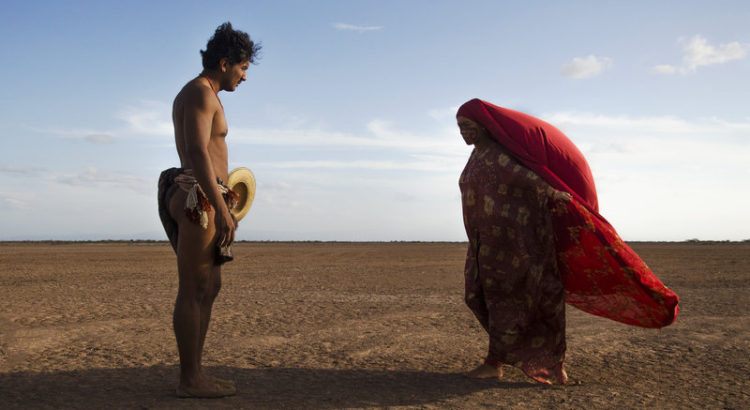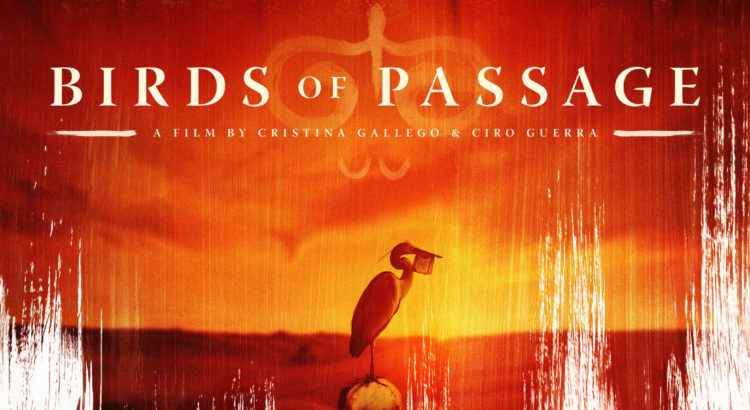It’s hard to describe this movie. It feels like it was made a while before its 2017 release, reminiscent of ancient fairy tales and old westerns. Fantasy blends with the supernatural with cowboy kids and unspecific wars that rage eternally.
The whole film had a strange feeling to it, a dark beauty made all the more sinister by the twisting of youth into a violent survival. Sandwiched between scenes of children killing to live–pistol large and awkward held in their small hands–we witness a lavish mansion, a beautiful koi pond, the sun laying warm orange hands upon the earth.
In various scenes I drew a similarity to the 2010 adaptation of Alice In Wonderland, whose creators favored the duller, harsher, rotting side of marvelousness. The blueprint to this wonderland is reflective of that, its color scheme made up of romantically bleak sandy expanses and pastel paints faded by time under the watchful eye of the sun. Dust covers all in a show of a strangling embrace, clouding the landscape in an attempt to dilute its horrors.
What was unclear was the lack of explanation  of the adverse effects of making wishes. This seemed an uneven piece of the plot, as Estrella’s mother and the other victims of the gang are seeking justice for the violence through which they’ve suffered. Perhaps they recognize some need for balance, granting wishes being too disruptive an act unless it was accounted for by some random tragedy. But this concept is not corroborated by any other behavior by the dead; they seem motivated only by the rage from the injustices committed against them, and in this basically solely self-interested. Adhering to a lawful cosmic order does would not seem to be an overly pressing concern for them.
of the adverse effects of making wishes. This seemed an uneven piece of the plot, as Estrella’s mother and the other victims of the gang are seeking justice for the violence through which they’ve suffered. Perhaps they recognize some need for balance, granting wishes being too disruptive an act unless it was accounted for by some random tragedy. But this concept is not corroborated by any other behavior by the dead; they seem motivated only by the rage from the injustices committed against them, and in this basically solely self-interested. Adhering to a lawful cosmic order does would not seem to be an overly pressing concern for them.
But beyond this confusion, there is at least some dark beautiful justice to mingle with tragedy. All the conflicting directions involved in the film makes it difficult to process, but truly this is what film should do: confuse, make us process at once all it’s trying to communicate. There is no movie of any quality that does not frustrate.
I don’t know exactly that any romance should be juxtaposed with real, current violence. I have some creeping sensation that its beauty, however clearly dark it may be, is dangerously placed. Perhaps this movie is only this way as it’s shown through the eyes of children. Though hardened by their circumstances, they still possess the imagination of the young, and need to cope somehow with their orphaning. They seek shelter in each other, yes, but must see something else in the world that can distract them from what they’ve lost.






